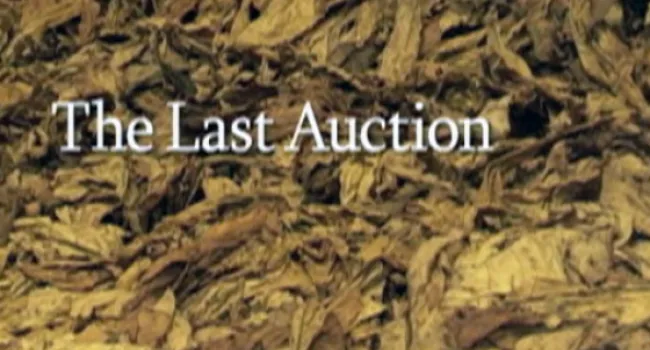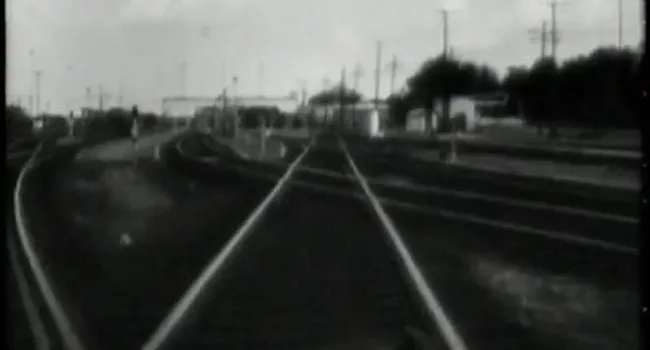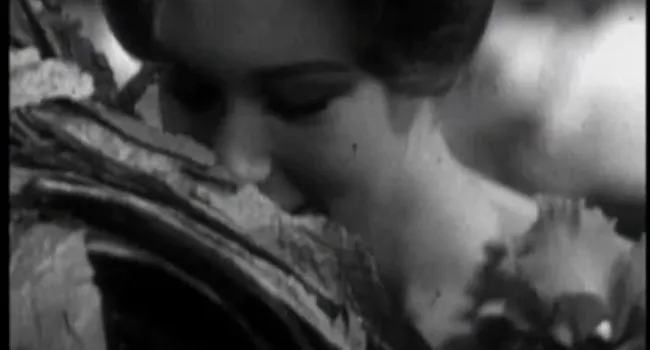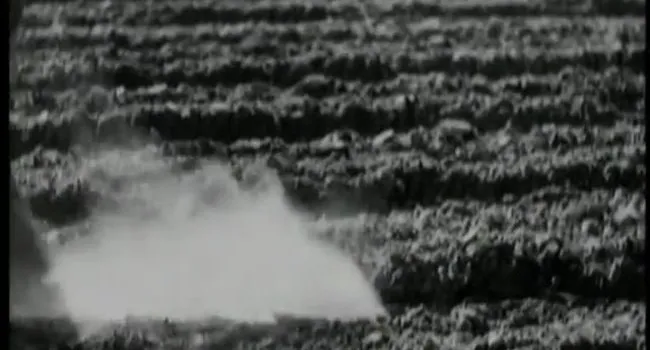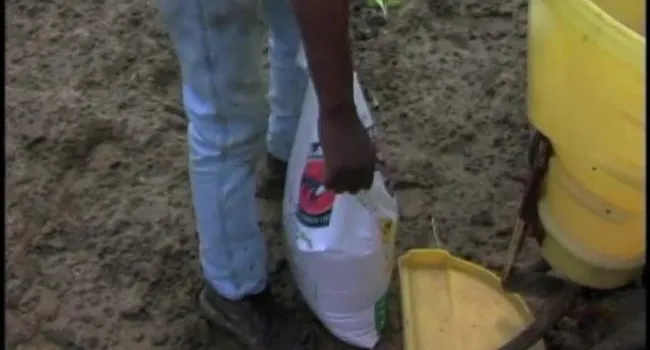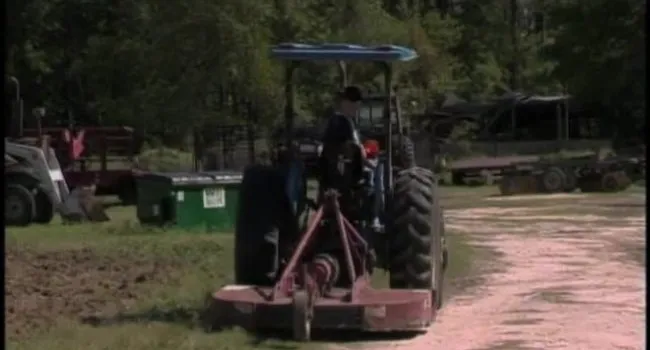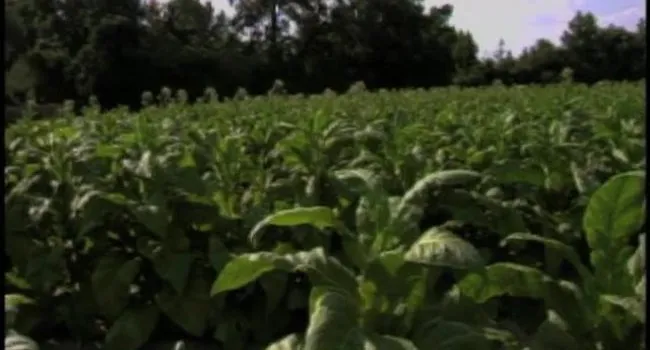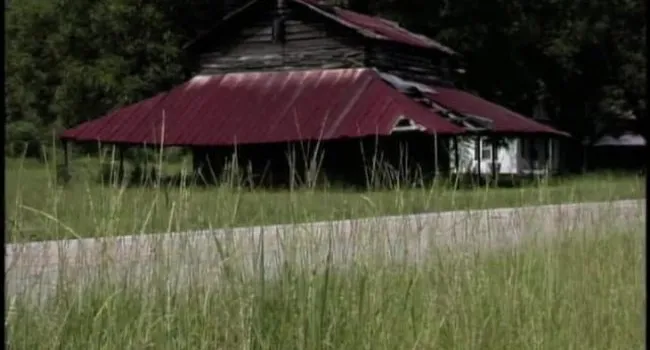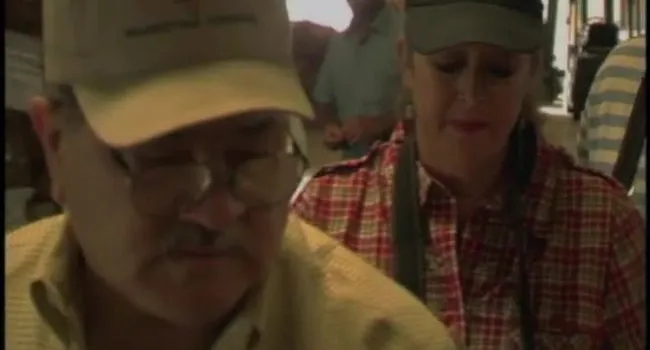The Last Auction: Part 1, Introduction
Tobacco has a long and important history in South Carolina's Pee Dee region. During the 1890s, South Carolina tobacco production went from 200,000 pounds per year to 20 million. In 1899, almost 93% of that crop was grown in the Pee Dee, a bonanza that reverberated across the region. Mullins, while not the first tobacco market in South Carolina, quickly became the most important, and remained dependent on a tobacco-based economy for a century.
Today. tobacco production has been cut in half and Mullins, like other small towns across the Pee Dee, is struggling. The Last Auction, a documentary produced by ETV, situates the viewer in the midst of this hard-hit community, contrasting the Mullins of today with that of the time when tobacco ruled. With the people and places of Mullins as guides, The Last Auction offers viewers a better understanding of the past and a means of exploring options for the future.
Standards
- 8.5.E Utilize a variety of primary and secondary sources to analyze multiple perspectives on the cultural changes in South Carolina and the U.S.
- This indicator was designed to promote inquiry into the devastation of the Great Depression and the impact of the New Deal on a largely agricultural South Carolina. This indicator was also designed to foster inquiry into the economic diversification between World War II and the present, to include tourism, global trade and industry, and the maintenance of military bases.
